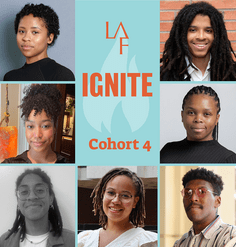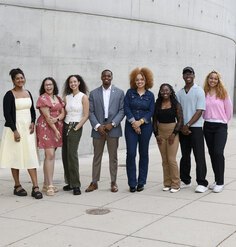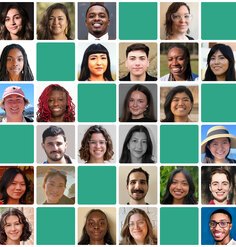Olmsted Scholar Feature: Exploring Relationships Between People and Water
By Sarah Bolivar, 2015 University Olmsted Scholar
Now that I am in my third and final year of the Harvard Graduate School of Design (GSD) Master of Landscape Architecture program, I think back to the query that brought me to the design field: how people manage water, a transboundary resource. In retrospect, this interest has remained constant, although I could not have imagined the various scales and issues I’d study pertaining to water. Through the GSD, I have been fortunate to examine stormwater in Nepal, the role of paths in the context of tsunami evacuation, and now, a thesis around tribal salmon harvest in the Pacific Northwest.
During the summer of 2014, with the support of the South Asia Institute and GSD Community Service Fellowship, I traveled 15 hours by plane and 16 hours by bus to Surkhet, Nepal, a verdant valley overlaid by housing, commerce, and agriculture in the subtropical Terai belt. A friend at Kopila Valley, a school serving 350 students, connected me with the managing non-profit, BlinkNow, which invited me to provide landscape design strategies for a new school complex. I led hands-on workshops so students could learn about landscape architecture and I could learn about their favorite spaces, but I struggled to find the best ways to integrate students’ voices into the project. One clear element was the monsoon season that would soon come, and with it, potential flooding or erosion throughout the school. Part of the design strategy revolved around tackling and revealing these water flows. A week after I returned to the states, a monsoon caused rivers to swell, and massive flooding coupled with landslides left hundreds without homes.
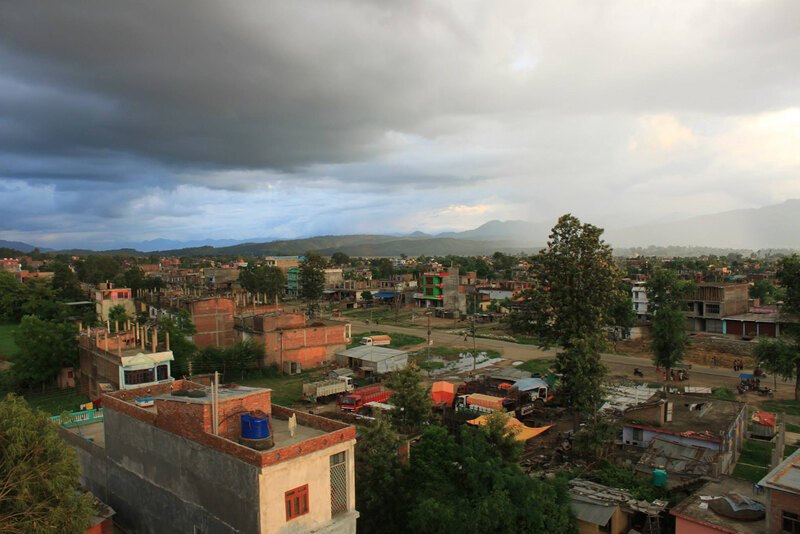
Given that Nepal is prone to earthquakes and landslides, I was eager to learn more about places that could serve as precedents for responding to natural disasters. With the financial support of the Asia Center and GSD Penny White Fund, my friend, Jessie Booth (MLA ‘16), and I traveled to low-density coastal cities in Japan, Kamaishi and Ishinomaki, both devastated by the 3/11 Tsunami. We sought to understand the role that landscape could play in supporting natural disaster preparedness. Specifically, we wondered how pedestrian evacuation paths could become imprinted in the collective memory to serve residents during emergency and non-emergency times.
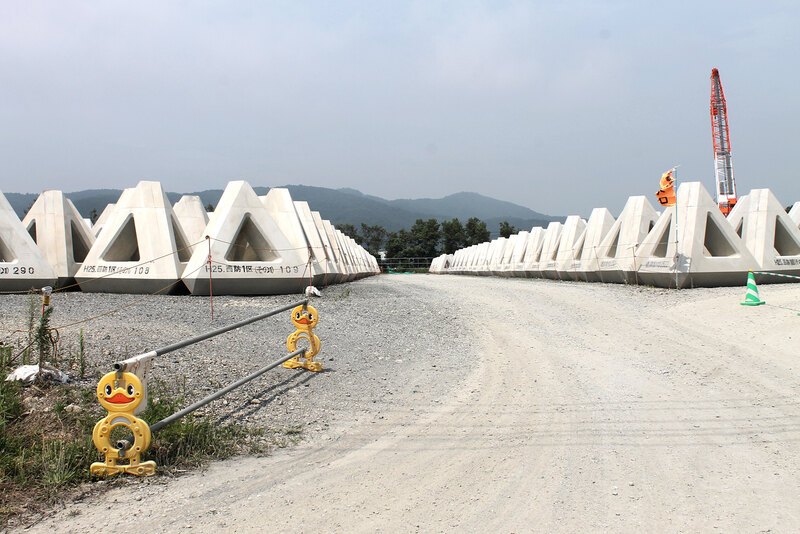
One of the biggest takeaways was each city’s reconstruction plan did not necessarily work in tandem with neighboring cities’ plans. Each city could be broadly characterized either by a “bottom-up” or “top-down” reconstruction approach. Additionally, most affected cities are continuing to invest in structures that have a singular use and narrow lifespan, such as tetrapods and seawalls. This spring, Jessie and I will synthesize our research findings into a document we can share with our friends and partners in Japan.
Working in Japan and Nepal allowed me to be acutely aware of the challenges designers face when the site has a different cultural context than one’s own, the site is thousands of miles away, the work is pro-bono, and the work is conceived within an academic umbrella. Each of these conditions renders its own opportunities and challenges.
I reflect constantly on the politicized nature of my role as I develop a thesis around a place that is dear to me, the Salish Coast, located in the Pacific Northwest. In this region, I’ll be exploring the role that design can play in supporting salmon habitat and harvest to thereby protect indigenous sovereignty rights for the Lummi and Nooksack Nations. Given that indigenous people have been systematically oppressed through physical force and political contracts, I must understand that my language and actions are too, as my friend Elizabeth Bragg of the Blackfoot Nation would put it, “colored by colonizing practices of the past.”
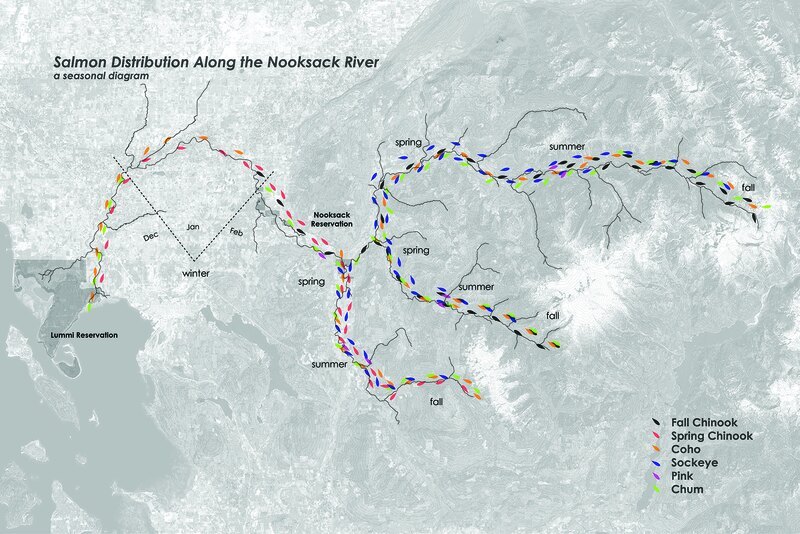
And as I begin to develop the project, I come back to the issue of water, in this case, the hydrological conditions that affect salmon reproduction. With the guidance of my thesis advisor, Jane Hutton, and thesis cohort, I look forward to continuing to explore the relationship between people and water in all its multifaceted forms.
Sarah Bolivar is currently working on her thesis, as well as planning International Women’s Day on March 08 with the GSD Women in Design team.
